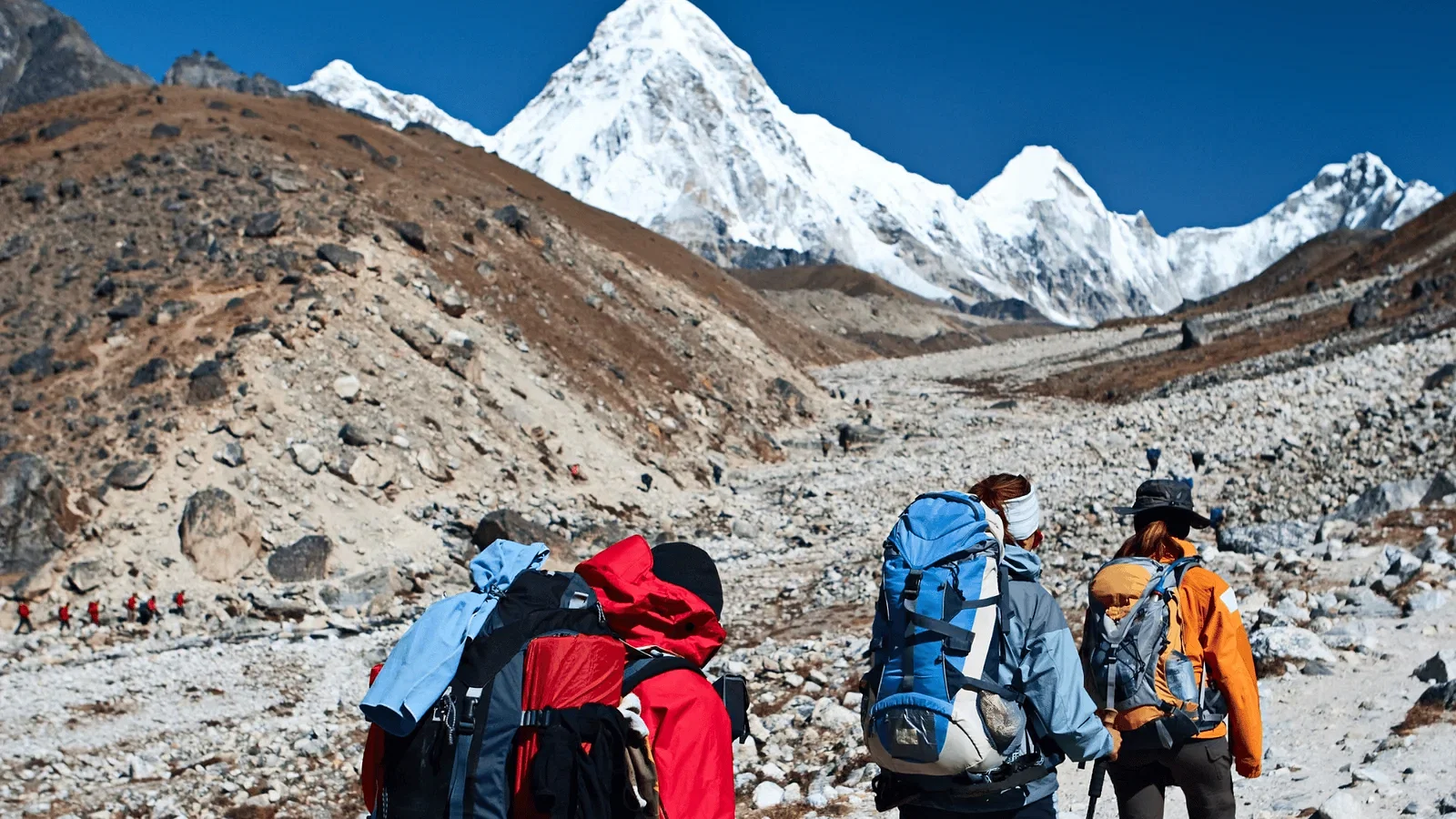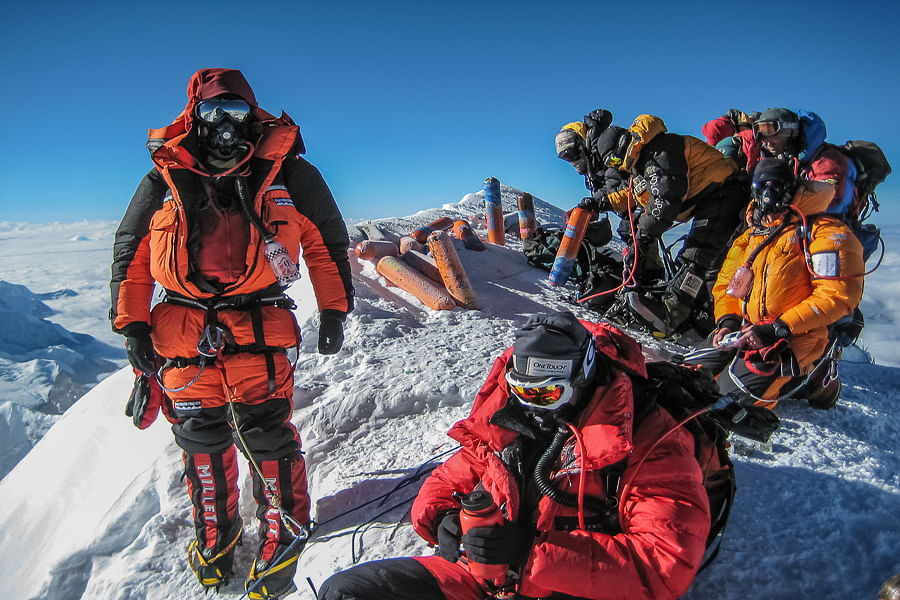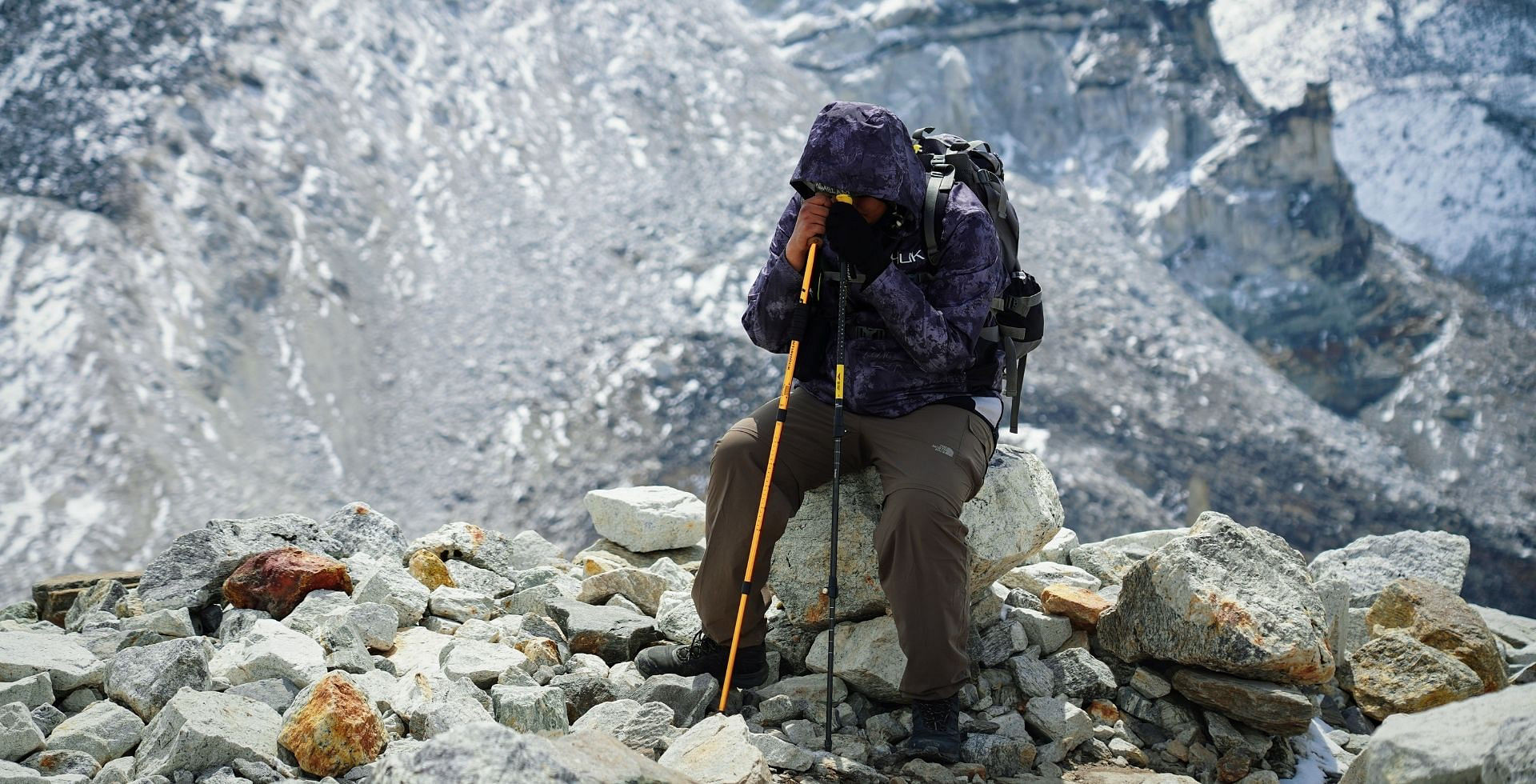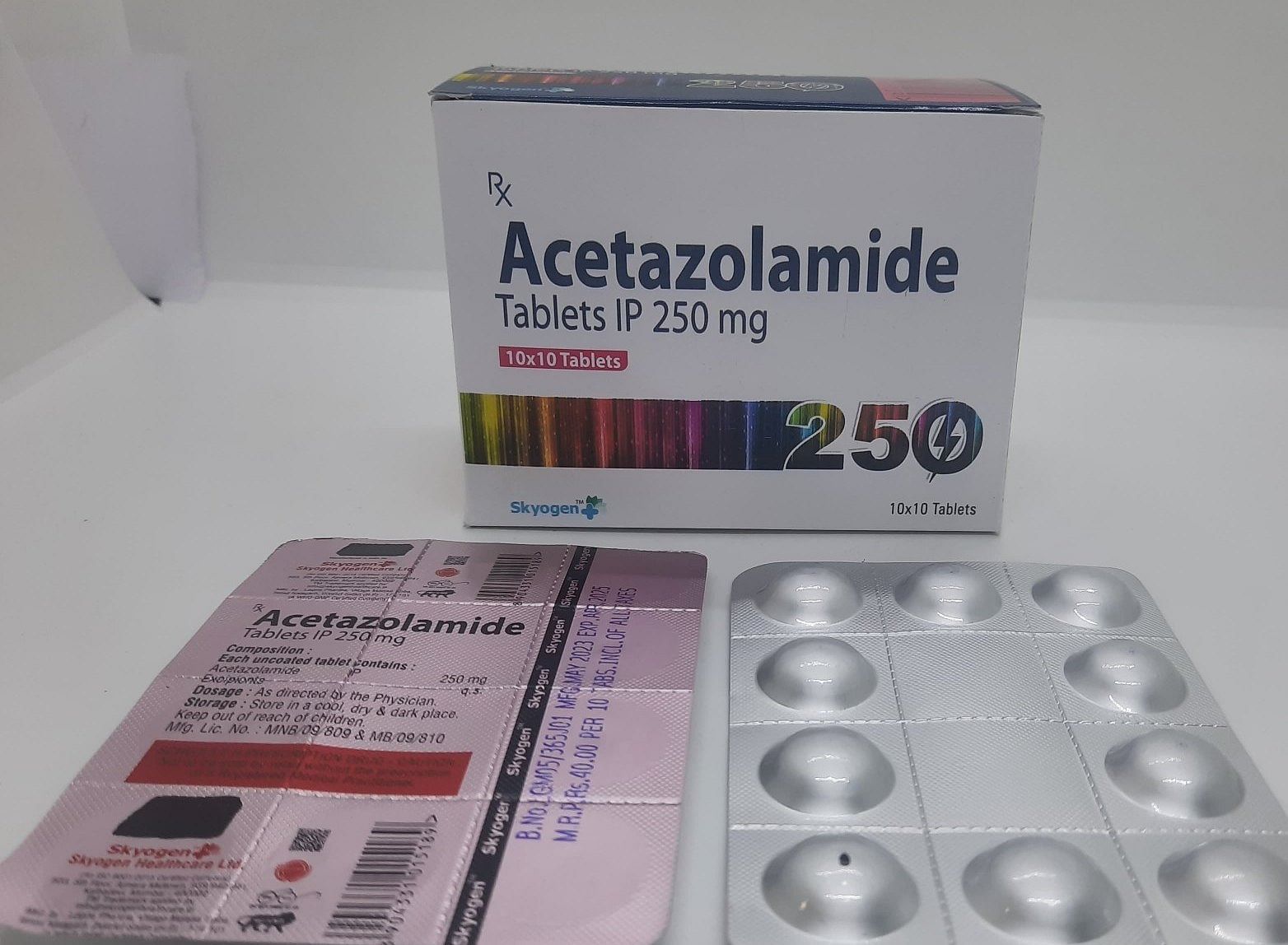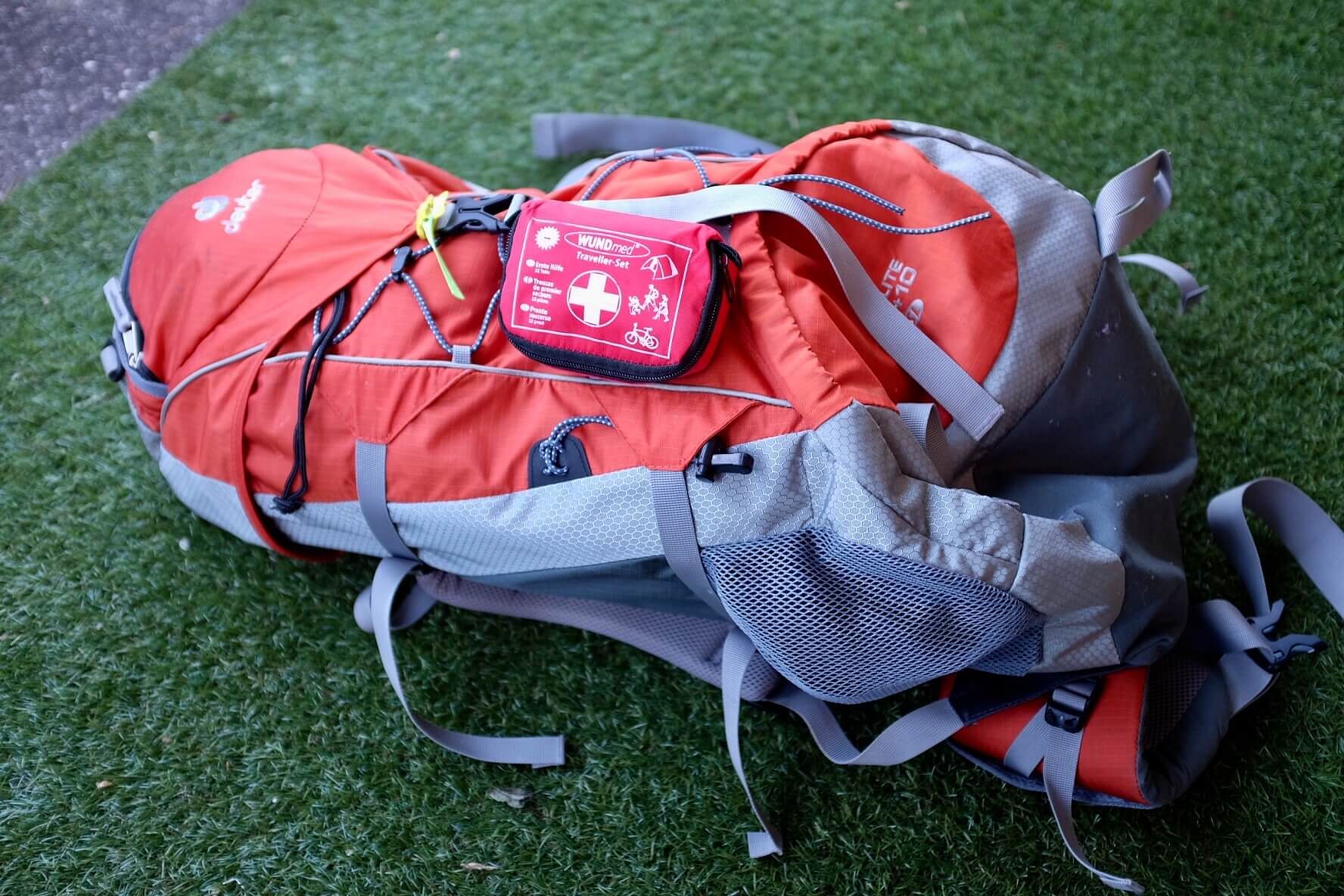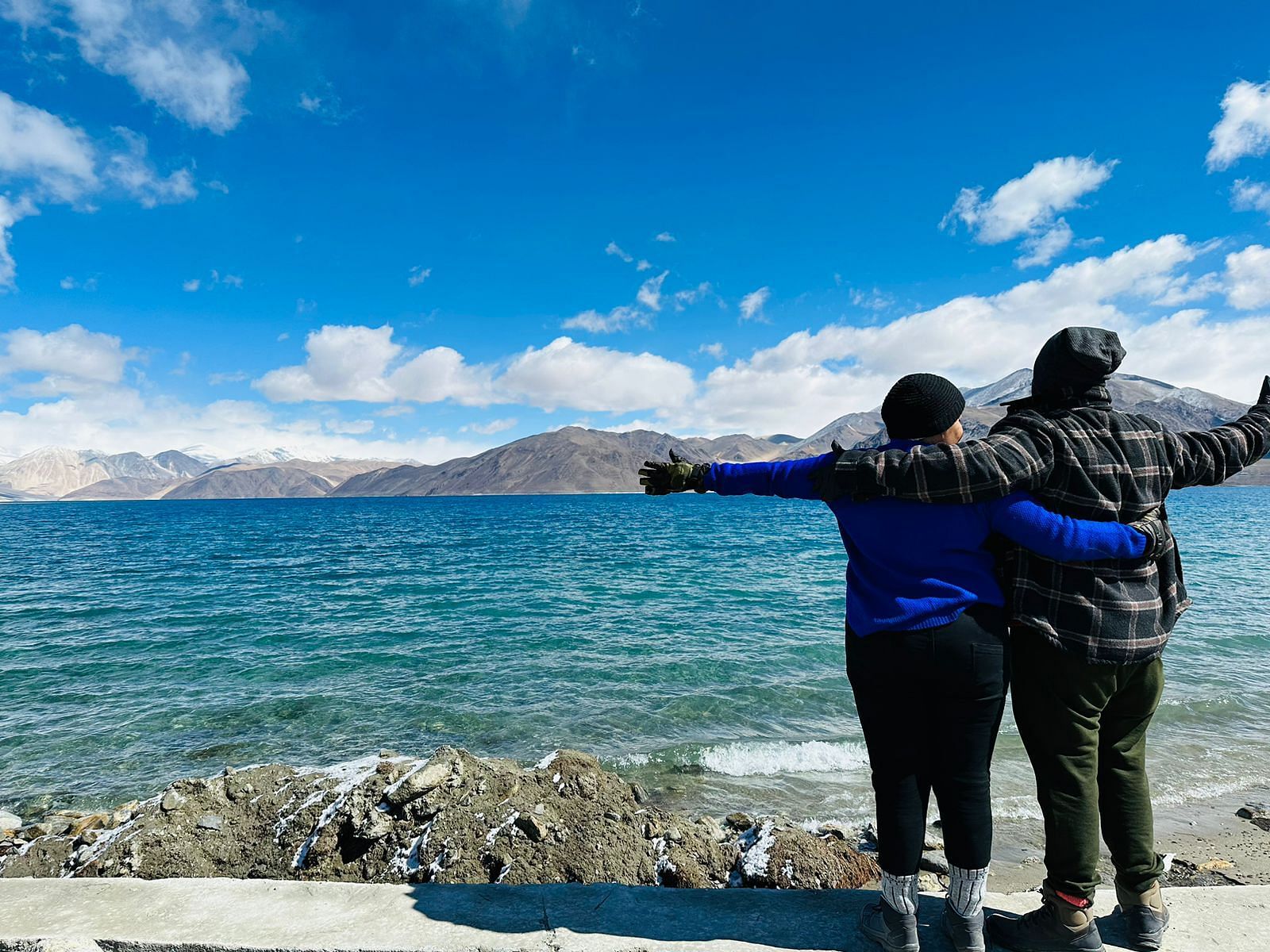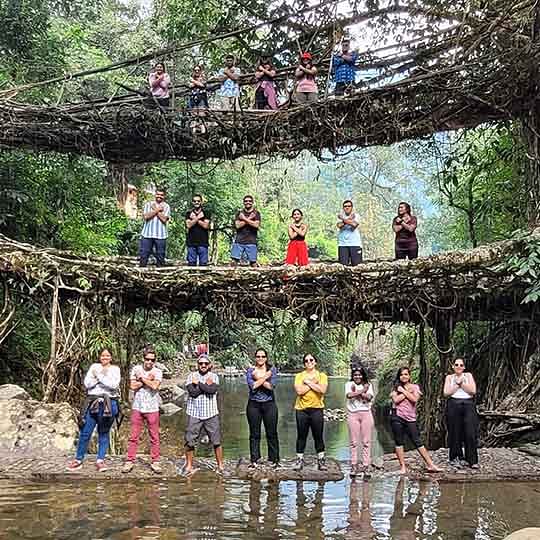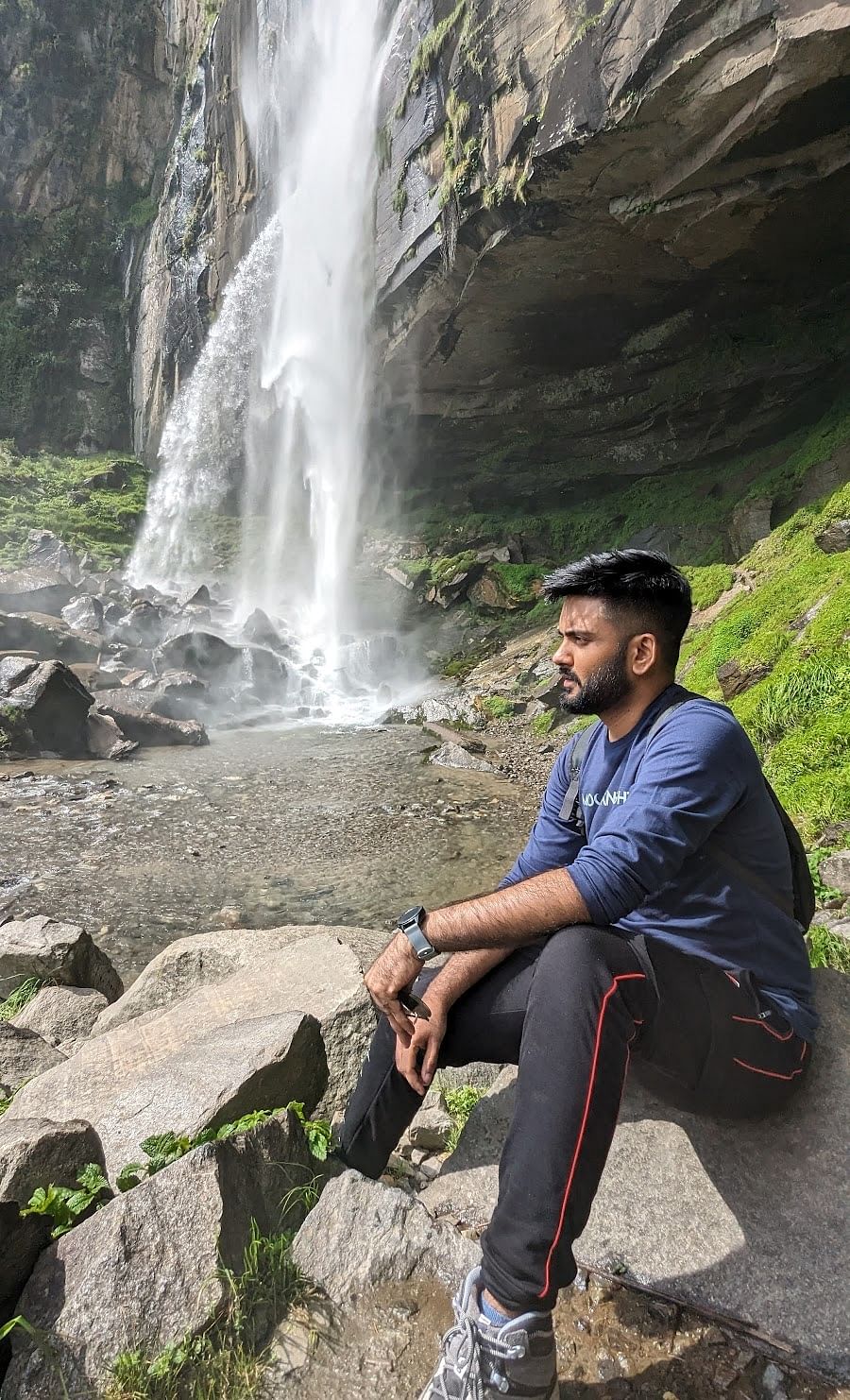Acute Mountain Sickness in Spiti Valley is a common thing among travelers. It can affect anyone, regardless of fitness level, with attitudes ranging from 10,000 feet to 15,000 feet - many experience acute mountain sickness in Spiti Valley.
Especially when you ascend too quickly, like traveling via the Manali-Kaza route, symptoms often include headache, nausea, breathlessness, and fatigue. To avoid altitude sickness in Spiti, it is best to ascend gradually (preferably via Shimla), stay hydrated, rest well, and avoid alcohol.
So, let us help you know more about acute mountain sickness in Spiti Valley - who’s most at risk, early warning signs, and simple steps to stay safe at high altitudes. It is important to research before you plan your Spiti Valley tour!
What is Altitude Sickness?
In layman’s language, Altitude Sickness is physical distress from difficulty experienced by someone while adjusting to lower oxygen pressure at high altitude. Altitude sickness doesn’t usually doesn’t happen until 2500 ft. and as Spiti Valley height of 12,500 ft., so it’s a common problem suffered by a lot of people going up there. It’s not like altitude sickness hits off to everyone going up there. For people living in places already at a high altitude, getting to Spiti won’t be much of a problem. It’s the sudden increase in altitude that starts this sickness.So, for anyone staying in plain areas, this is a common problem.
We could divide this altitude sickness into 3 different parts i.e., Acute Mountain Sickness in Spiti Valley (AMS), High-Altitude Pulmonary Edema (HAPE) and High-Altitude Cerebral Edema (HACE).
AMS is the most common type of altitude sickness, caused by reduced air pressure and lower oxygen level in Spiti Valley.
HAPE is a slightly more serious condition of altitude sickness as it includes shortness of breath, and continuous coughing and may affect your lungs. HACE is an even more serious condition of altitude sickness as it affects even walking through simple paths, breathing even during rest, excessive dizziness and even fainting of the person. HAPE and HACE are considered to get fatal if not given proper treatment on time.It depends upon how quickly and efficiently your body can handle the change in your surrounding environment.
When does Acute Mountain Sickness in Spiti Valley Start?
The problem starts after Manali as that is from where the altitude gets increases above a certain level. During the gradual increase in altitude, some may feel slight changes in their health conditions and feel dizzy, but the actual problem starts over and after the Rohtang pass. On reaching Rohtang pass, the oxygen level in air starts dropping at a quick rate and many people experience problem in breathing. From this point, anyone who has serious problems with the dropping air level is advised not to continue after this point.
Suggested Read: Soul-Satisfying things to do in Spiti Valley Trip!
What causes High mountain sickness?
Higher altitudes, just like the Spiti valley altitude has lower oxygen content and low air pressure which might cause to decrease oxygen in level in your body. When you travel from planes and ride or hike up the mountains, your body might not get enough time to adjust to the new altitude and get under AMS. Your level of exertion also plays a vital factor. If you exert yourself, you need more oxygen to generate energy which increases your chances of getting affected by AMS.
Suggested Read : Lingti Waterfall
What are the symptoms of AMS?
The symptoms generally appear within hours of moving to high-altitude areas. Their onset time and severity depend on your condition.
Mild AMS symptoms:
- Dizziness
- Nausea
- Headache
- Muscle Ache
- Vomiting
- Insomnia
- Irritability
- Loss of appetite
- Shortness of breath
- Rapid heartbeat rate
- Swelling on Hand, Legs and Face
- Coughing
- Chest congestion
- Pale complexion and skin discoloration
- Inability to walk or loss of balance
- Social withdrawal
In case of severe mountain sickness symptoms showing up in anyone in your group, seek professional help immediately.
What to do if someone in your group comes under AMS?
lf you are travelling in a group trip organized by some professionals and you have someone with you overlooking the trip from their team, contact that person immediately. In case of mild sickness, just going to lower altitudes might help fade away any symptom or effect of AMS. In case of severe AMS immediate professional help is a must.
Medication for altitude sickness include:
- Acetazolamide, to correct breathing problems
- Blood pressure medicine
- Lung inhalers
- Dexamethasone, to decrease brain swelling
- Aspirin, for headache relief
Keep in mind though, none of these medicines should be consumed without consulting with your doctor.
Tips to Prevent Mountain Sickness in Spiti
Prevention is always better than cure. Follow these rules when travelling to high mountain areas:
- Get yourself checked before going to such areas.
- Get your doctor to prescribe you medicine beforehand.
- Give yourself 1 day to acclimatize your body to new height.
- Keep yourself hydrated. e Eat proper meals at proper time.
- Don’t skip breakfast.
- Consumption of Garlic and clove would be a natural remedy.
- Don’t smoke, Avoid alcohol.
- Eat carbohydrate rich food.
- Limit your exertion.
- Keep a bottle of water bottle with ORS dissolved in it at all times and keep taking sips regularly.
- Respect nature and follow rules which locals prescribe.
- Get ample of sleep.
The main thing to keep in mind is that there is a proper way with which you enjoy trips to any place without it turning into a nightmare. Follow the laws of nature and don’t fight it. Hope this was of some help! Happy tripping!







